Opera, the art of the possible
Hanrahans are scarcely a new phenomenon in the so-called ‘heritage arts’. Classical music in general, and opera in particular, have been publicly declared to be dead or dying for hundreds of years. But when no less an institution than the Metropolitan Opera starts talking openly about a new ‘global crisis confronting the operatic form’, it might be time for us to take a little more notice.That is what George Brandis, the federal arts minister, seems to have done by announcing a major review of Australia’s four major federally funded opera companies(Opera Australia, State Opera of South Australia, West Australian Opera, and Opera Queensland).
One immediate response to his announcement was an Op-Ed in The Australian by Lyndon Terracini, artistic director of Opera Australia. Entitled ‘Opera Must Become More Accessible in Order to Survive’ (12 August), it argued that the challenges facing opera were essentially twofold: rising base costs and diminishing contemporary relevance.
Continue reading for only $10 per month. Subscribe and gain full access to Australian Book Review. Already a subscriber? Sign in. If you need assistance, feel free to contact us.


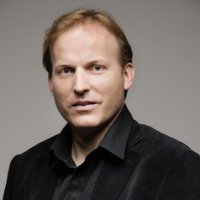
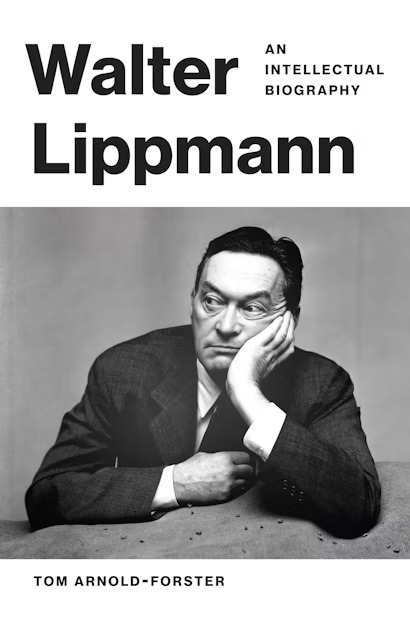
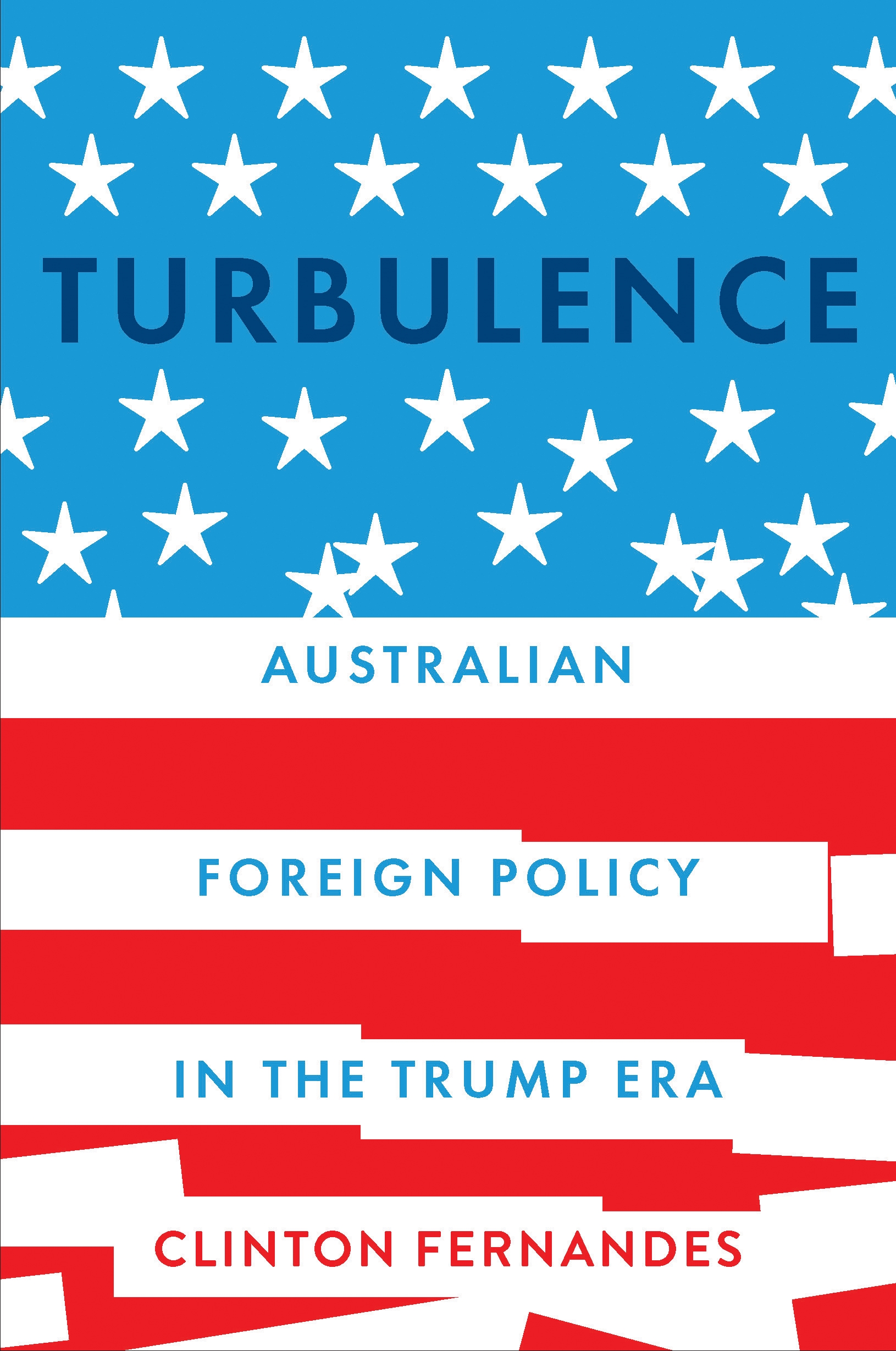
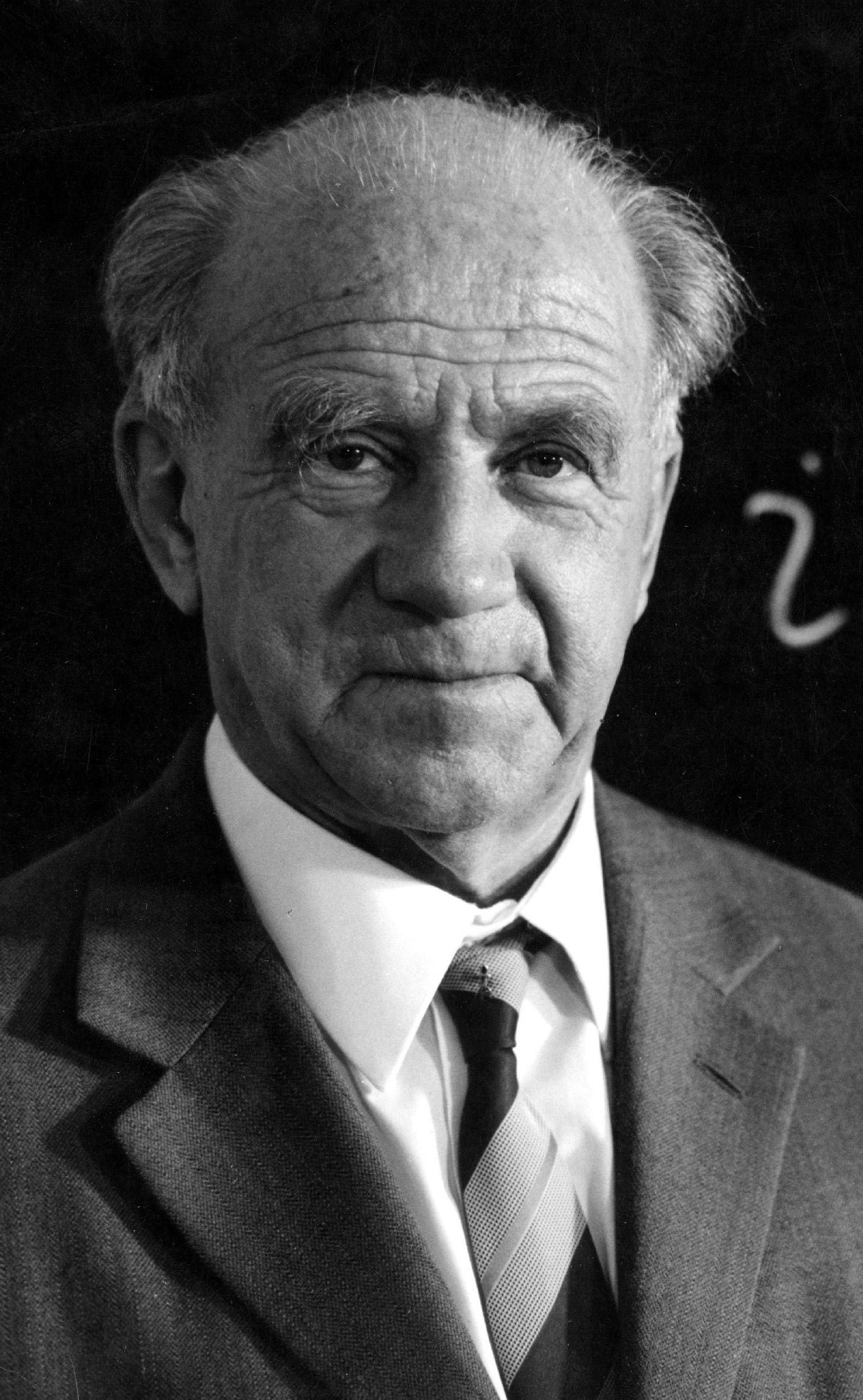
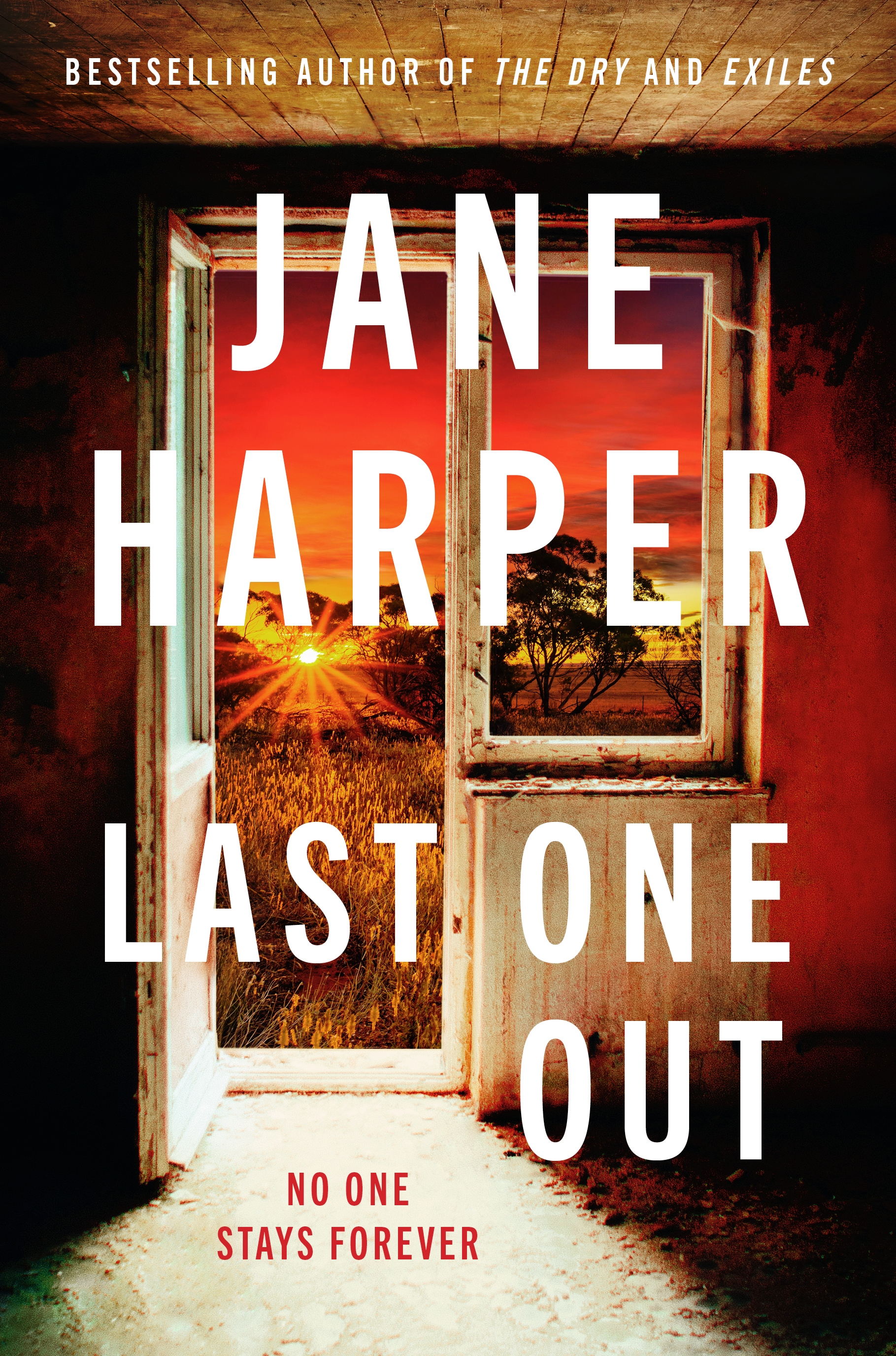
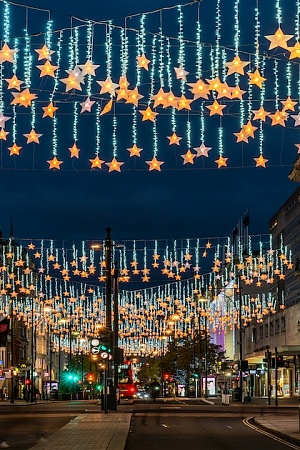
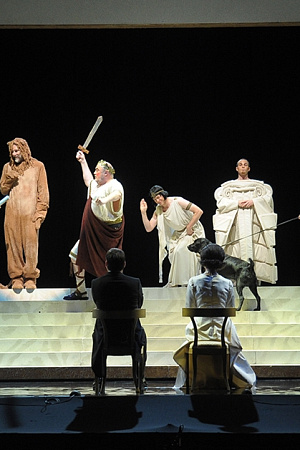
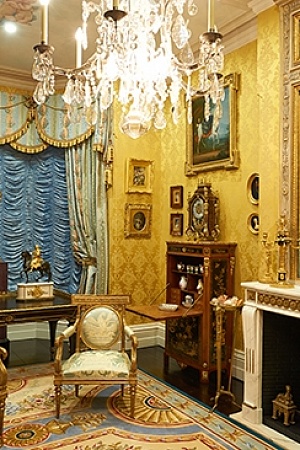
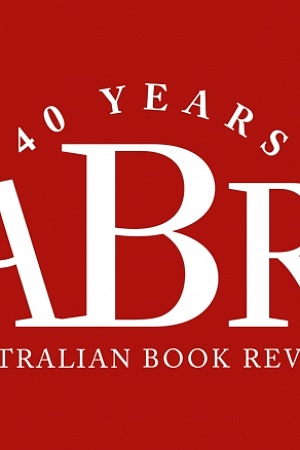
Comments (3)
Leave a comment
If you are an ABR subscriber, you will need to sign in to post a comment.
If you have forgotten your sign in details, or if you receive an error message when trying to submit your comment, please email your comment (and the name of the article to which it relates) to ABR Comments. We will review your comment and, subject to approval, we will post it under your name.
Please note that all comments must be approved by ABR and comply with our Terms & Conditions.